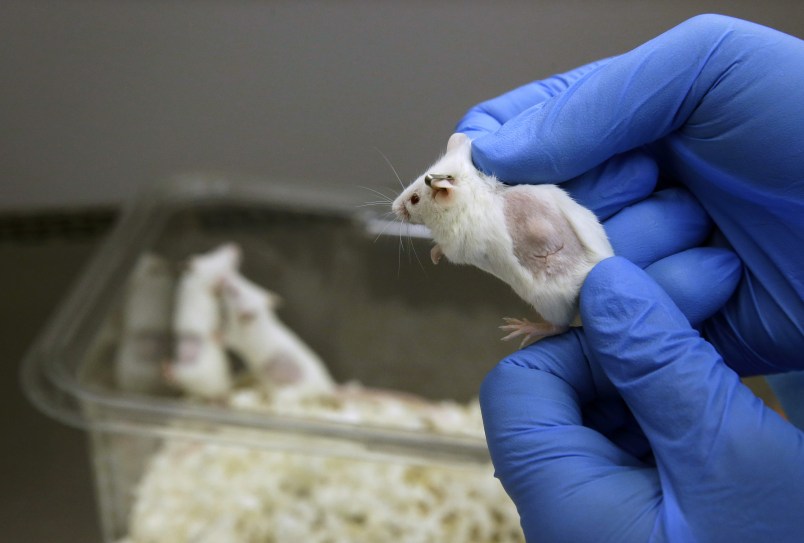SACRAMENTO, Calif. (AP) — State health researchers have discovered the first new strain of botulism in four decades, but decided to withhold publishing the genetic code because of bioterrorism concerns.
An infant earlier this year fell ill with botulism, but survived, the state Department of Public Health reported. No other details were made public.
Researchers published the case in the Journal of Infectious Diseases in October, but did not include the genetic sequence. The decision was made after consulting with the federal government, lead researcher Stephen Arnon told the Sacramento Bee.
There’s no treatment for the new botulism strain yet, and there are concerns that rogue groups could use information about the genetic code to develop a bioweapon.
“The recommendations from the federal government were clear on the potential risks of publishing the gene sequence,” Arnon told the newspaper. “There was agreement among all involved in the discussions that it would be possible to publish this information to achieve the scientific and public health benefits of sharing the finding while safeguarding national security.”
Botulism, a rare but serious illness that can lead to paralysis, is caused by a nerve toxin produced by bacteria. About 145 cases of botulism are reported in the United States every year and about 65 percent are infant botulism, according to the Centers for Disease Control and Prevention.
The state Department of Public Health is among several agencies around the country responsible for developing treatments for botulism strains. It usually takes one to two years to develop an antitoxin.
David Relman, professor of medicine and microbiology at Stanford University, wrote an accompanying editorial supporting the decision to not publish the genetic sequence just yet.
“There is certainly more awareness of the possibility of doing harm — not only of the means and capability of doing harm — but also the fact that there seems to be more people who voice that kind of perspective and intention,” Relman told the Bee.
Other scientists disagreed, saying it’s better to publish the data so that others can evaluate the work.
“This is pretty unusual — for them to flag something like this and have some internal review and discussions with the powers that be and decide to black out the section of the genome corresponding to that toxin,” said Jonathan Eisen, a microbiologist at the University of California, Davis, who was part of a team that sequenced anthrax in 2001.
“We had many, many discussions about whether one should publish the genome data. In general, all the conclusions were that it was better to publish the data,” Eisen said. “As a scientist, if something is published, you want to be able to see everything. You want to see their method. People should have access to all the different data . in order to reassess for yourself whether or not you agree with their conclusions. That is the general practice of science.”
Copyright 2013 The Associated Press. All rights reserved. This material may not be published, broadcast, rewritten or redistributed.









